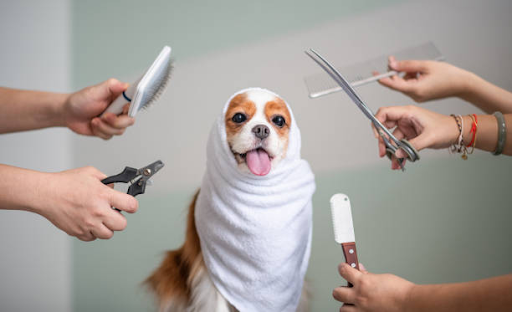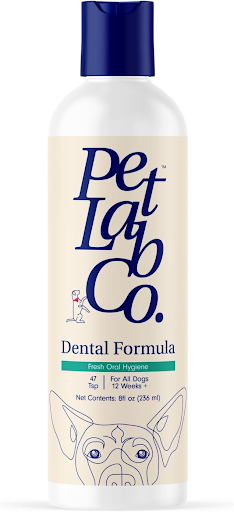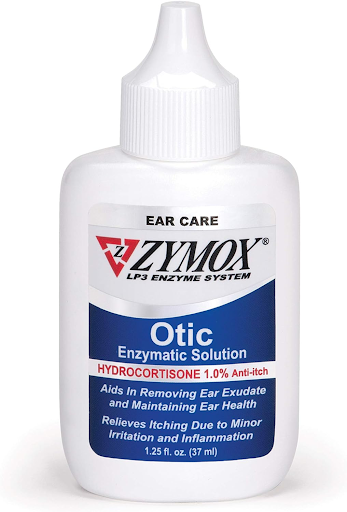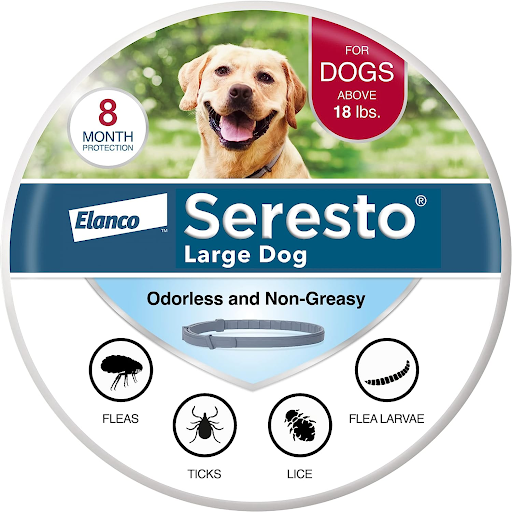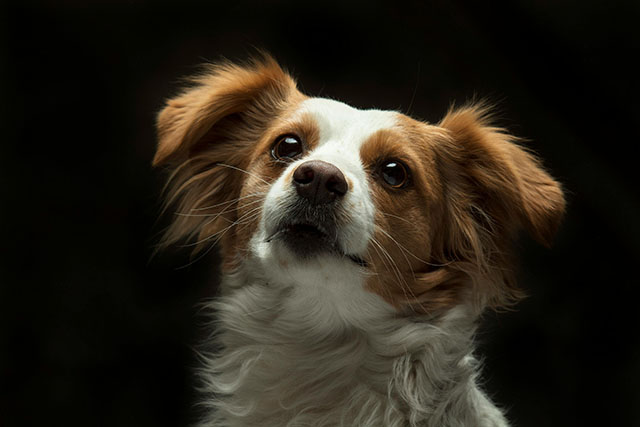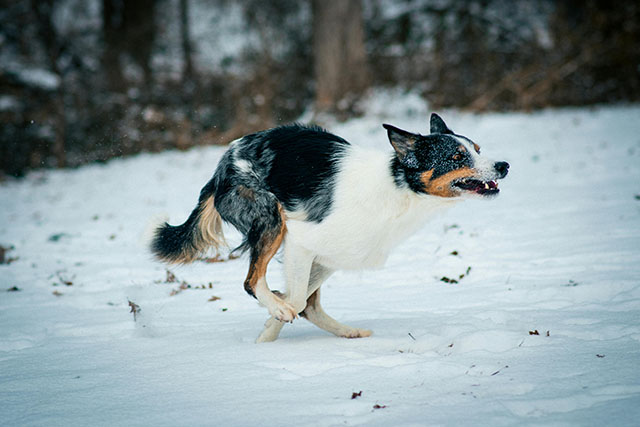Our furry friends bring us endless joy and companionship, but they also come with a fair share of messiness. Pet grooming ensures they look their best and promotes overall health and well-being. This guide will explore the top 10 dog grooming tips to help you maintain a cleaner and happier puppy. So, roll up your sleeves, gather your grooming supplies, and let’s get started!
1. Brush Regularly
Regular brushing is one of the foundational steps in grooming your dog. The choice of brush depends on the type of coat your furry friend has. Opt for a bristle brush for short-haired breeds to remove loose hair and evenly distribute natural oils. If your dog has long hair, a slicker brush is recommended to prevent matting and tangling. Brushing keeps your pup’s coat clean and strengthens the bond between you and your four-legged companion. Additionally, try Petlab Co. Dog Dental Formula for fresh breath and clean teeth. This water additive supports gum health, targets tartar, and is packaged conveniently.
2. Bath Time
While it’s important not to overdo it with baths (as too many can strip your dog’s skin of natural oils), regular baths are crucial. Use a dog-specific shampoo and lukewarm water. Make sure to rinse thoroughly to avoid any residue. Don’t forget to protect their eyes and ears during the process. After bath time, towel dry your pup and finish with a gentle blow-dry, especially for long-haired breeds.
3. Nail Care
Proper nail care is crucial for maintaining a dog’s overall well-being and health.. Long nails can cause discomfort and even affect their posture. Use a dog nail clipper or grinder, and be careful not to cut too close to the quick, which can be painful. If unsure, consult your vet or a professional groomer for guidance.
4. Dental Hygiene
Oral hygiene is often overlooked but crucial for your dog’s overall health. Brushing their teeth regularly can prevent bad breath, gum disease, and other dental issues. Use a dog-friendly toothbrush and toothpaste. Start slowly to get your pup used to the process, and always reward them with a treat for their cooperation.
5. Ear Cleaning
Ears require special attention and care for our furry friends. Regularly inspect your dog’s ears for any dirt, wax buildup, or signs of infection. Use a gentle dog-specific ear cleaner with a soft cotton ball to clean them effectively. Remember to be cautious and avoid inserting anything into the ear canal, as it can cause harm to the delicate eardrum. If you notice any redness, swelling, or foul odor, it’s best to consult with your veterinarian. Consider using Zymox Otic Enzymatic Solution for soothing and itch relief. It contains 1% Hydrocortisone and comes in a convenient 1.25oz size.
6. Eye Care
Keep an eye on your pup’s eyes! Some breeds are prone to tear stains, which can be unsightly. Use a damp cloth or a pet-specific eye wipe to gently clean the area around their eyes. If your dog has excessive tearing or eye discharge, consult your vet to rule out any underlying issues.
7. Grooming Tools
Invest in quality grooming tools to make the process smoother and more comfortable for you and your pup. Ensure you have brushes, combs, scissors, and clippers appropriate for your dog’s coat type. Using the right tools will make grooming sessions more effective and enjoyable.
8. Professional Grooming
While regular at-home grooming is essential, consider scheduling professional grooming sessions periodically, especially if you have a breed with specialized grooming needs. Professional groomers have the expertise and equipment to correctly trim, shape, and style your dog’s coat. But for a basic grooming tutorial, you may check out this video:
9. Flea and Tick Prevention
Fleas and ticks can cause discomfort and pose health risks to your furry friend. Protecting your dog from these pests is crucial. Consult your veterinarian to determine the best preventive measures, such as topical treatments, collars, or oral medications. Regularly check your dog for signs of infestation, particularly after outdoor activities. Seresto Large Dog Collar is a highly recommended vet-recommended solution, providing 8 months of effective flea and tick treatment and prevention for dogs over 18 lbs. Ensure your pup’s well-being with the right preventive care.
10. Stay Patient and Positive
Lastly, maintaining a positive and patient attitude during grooming sessions is key to success. Dogs are sensitive to your emotions, so stay calm and provide plenty of praise and treats for their cooperation. If your pup gets anxious or uncomfortable, take breaks and go at their pace.
Nurturing Your Furry Friend with Top-Notch Grooming
Regular grooming keeps your dog looking clean and fresh and plays a significant role in their overall health and happiness. Following these top 10 dog grooming tips will give you a cleaner, happier, and healthier pup in no time. Remember that each dog is unique, so adapt your grooming routine to their needs and enjoy the bonding time with a pawsome harmony!
FAQs
How do groomers get dogs so clean?
Groomers get dogs clean by combining techniques and specialized grooming tools. They typically start with a thorough brushing to remove dirt, loose hair, and mats. Then, they use appropriate shampoos and conditioners, followed by a careful rinse to ensure no residue is left. Groomers also use professional-grade dryers to dry the dog’s coat and finish with trimming, nail clipping, ear cleaning, and other specific grooming tasks as needed.
How do you groom a puppy without biting?
Grooming a puppy without biting involves training and socialization from a young age. Positive reinforcement methods, such as treats and praise, can help encourage good behavior during grooming sessions. Gradual desensitization to grooming tools and handling is also essential to make the experience less stressful for the puppy.
At what age can a puppy be groomed?
The age at which a puppy can be groomed can vary depending on the breed and the individual puppy’s temperament. Generally, puppies can get accustomed to grooming activities as early as 8 to 12 weeks old. However, full grooming sessions with a professional groomer should typically wait until the puppy is a bit older, around 6 months, or when they have received all their necessary vaccinations. Always consult your vet and a professional groomer for specific guidance based on your puppy’s breed and needs.
Jessica is a veterinary medicine student who is passionate about animals. Living with her cherished dog, Milo, deepens her understanding of the human-animal connection, enhancing her empathy as a future veterinarian.
Jessica’s concise articles reflect her dedication to improving the lives of animals and those who care for them, making her an inspiring figure in the pet care field.

